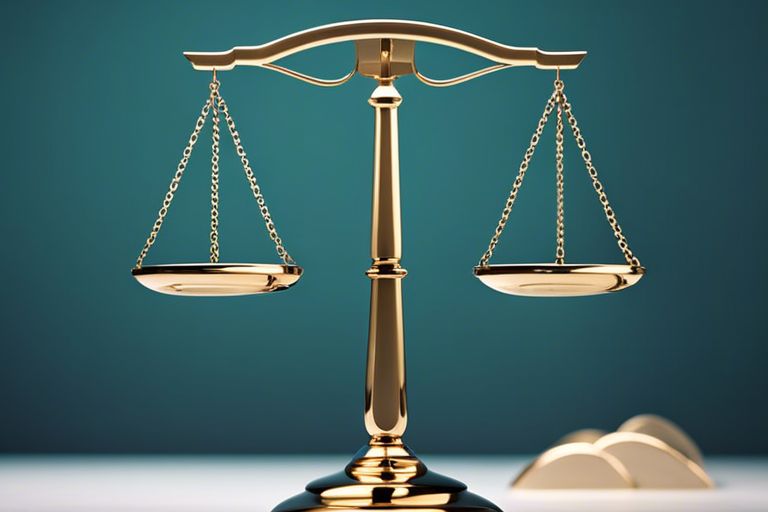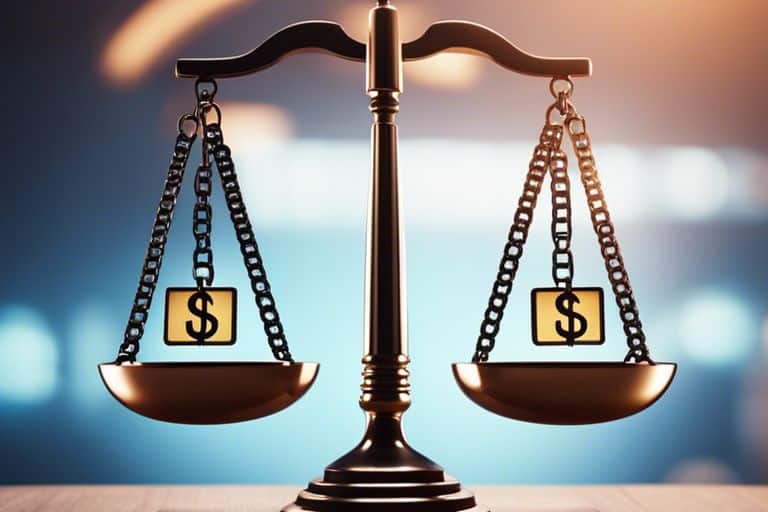Unsecured loans can offer more flexibility and less risk for borrowers, while secured loans provide lower interest rates and higher borrowing limits. However, it’s important to weigh the pros and cons of each before making a decision. With secured loans, you risk losing collateral, such as your home or car, if you default on payments. On the other hand, unsecured loans typically come with higher interest rates and stricter eligibility requirements. Understanding the differences between these two types of loans can help you make a more informed financial decision that suits your needs and circumstances.
Key Takeaways:
- Security: Secured loans are backed by collateral, making them less risky for lenders. Unsecured loans do not require collateral but carry higher interest rates.
- Access to Funds: Secured loans may offer higher loan amounts due to the collateral, while unsecured loans are typically easier to obtain with less paperwork and quicker approval times.
- Risk Factor: Secured loans can result in the loss of collateral if not repaid, whereas unsecured loans may damage credit scores and lead to collection actions if payments are missed.
Biting into Secured Loans
What’s on the Line? Understanding Collateral
Some may shy away from secured loans because of the risks involved with collateral. When you apply for a secured loan, you’re putting something valuable on the line – your house, car, or other assets serve as collateral to secure the loan. This means if you fail to repay the loan, the lender has the right to take possession of the collateral to cover their losses.
The Advantages: Why Secured Loans Can Rock
Biting into the advantages of secured loans can open up a world of possibilities. Secured loans often come with lower interest rates and higher loan amounts compared to unsecured loans. Lenders see less risk in providing a secured loan since they have the collateral to fall back on if you default, making it easier for you to qualify for the funds you need.
One thing to keep in mind is that if you default on a secured loan, the lender could seize and sell your collateral to recover their losses. This risk is necessary to consider when deciding between secured and unsecured loans.
The Drawbacks: The Flip Side of Secured Loans
One of the main drawbacks of secured loans is the level of risk involved. When you pledge collateral for a loan, you’re putting your assets on the line. If you encounter financial difficulties and struggle to make payments, you could lose your collateral. This can be a significant blow, especially if the collateral is something necessary like your home or car.
To maximize the benefits of secured loans, always make sure to plan your budget carefully, and have a solid repayment strategy in place to avoid the risk of losing your valuable assets.
Unpacking Unsecured Loans
Free Flying: No Collateral Needed
Despite the lack of collateral required, unsecured loans offer a sense of freedom like no other. You can obtain the funds you need without putting any of your assets at risk.
The Upsides: Perks of Going Unsecured
For loans without collateral, the benefits are aplenty. You can access funds quickly, without the hassle of appraisal and paperwork related to collateral.
Loans without collateral also typically have a faster approval process, making them ideal for urgent financial needs. Additionally, your creditworthiness plays a significant role in determining your eligibility for unsecured loans.
The Downsides: Cautionary Tales
Loans without collateral come with their own set of risks. Because lenders take on more risk with unsecured loans, they often charge higher interest rates to mitigate potential losses.
Collateral: While unsecured loans offer convenience, they can lead to higher debt if not managed responsibly. Defaulting on unsecured loans can severely impact your credit score and financial future.
Head-to-Head: Comparing Secured and Unsecured Loans
Unlike traditional unsecured loans, secured loans require collateral to back the loan amount. This collateral could be your home, car, or any other valuable asset that the lender can claim if you default on the loan.
| Secured Loans | Unsecured Loans |
| Requires collateral | No collateral required |
| Lower interest rates | Higher interest rates |
| Higher borrowing limits | Lower borrowing limits |
Interest Rates Showdown
The interest rates on secured loans are usually lower compared to unsecured loans because the presence of collateral reduces the lender’s risk. However, if you default on a secured loan, you could lose the asset you used as collateral.
Borrowing Power: Limitations and Possibilities
One of the key advantages of secured loans is the higher borrowing limits they offer. Lenders are more willing to lend larger amounts when there is collateral involved. On the other hand, unsecured loans typically have lower borrowing limits, which may not meet your financial needs if you require a substantial amount.
Limitations: When opting for a secured loan, be mindful of the fact that defaulting on payments can lead to the loss of your collateral. With unsecured loans, while the borrowing limits may be lower, you don’t have to worry about losing any assets if you fall behind on payments.

Making the Choice
Assessing Your Financial Fitness
Your first step in deciding between a secured or unsecured loan is understanding your financial situation. Knowing the difference between secured and unsecured debts can help you assess which option is best for you. Evaluate your income, expenses, and credit score to determine how much you can afford to borrow and repay.
Risk Tolerance: How Much Stake Can You Handle?
To make the right choice between secured and unsecured loans, you need to consider your risk tolerance. Are you comfortable with putting up collateral for a secured loan, or do you prefer the flexibility of an unsecured loan? Secured loans offer lower interest rates but come with the risk of losing your asset if you default. Unsecured loans don’t require collateral but often have higher interest rates. Consider how much financial risk you are willing to take before making a decision.
To wrap up
Hence, when it comes to choosing between secured and unsecured loans, there are some key factors to consider. Secured loans offer lower interest rates and higher borrowing limits, but require collateral, while unsecured loans are quicker and easier to obtain but come with higher interest rates. It ultimately depends on your individual financial situation and preferences. Make sure to assess your needs, weigh the pros and cons of each option, and choose the one that aligns best with your goals and ability to repay. Be mindful of, financial decisions should be made thoughtfully and with a clear understanding of the implications. So, do your homework, seek advice if needed, and make the choice that is right for you. Good luck!
FAQ
Q: What is a secured loan?
A: A secured loan is a type of loan that is backed by collateral, such as a car or a house.
Q: What is an unsecured loan?
A: An unsecured loan is a loan that is not backed by any collateral.
Q: What are the pros of secured loans?
A: Secured loans typically have lower interest rates and higher borrowing limits compared to unsecured loans.
Q: What are the cons of secured loans?
A: The main disadvantage of secured loans is that if you fail to repay the loan, you could lose the collateral you put up for the loan.
Q: What are the pros of unsecured loans?
A: Unsecured loans do not require collateral, so you don’t have to risk losing your assets if you default on the loan.
Q: What are the cons of unsecured loans?
A: Unsecured loans usually have higher interest rates and lower borrowing limits compared to secured loans.
Q: Which type of loan is better for me?
A: The type of loan that is best for you depends on your financial situation and risk tolerance. Evaluate the pros and cons of each type to make an informed decision.





